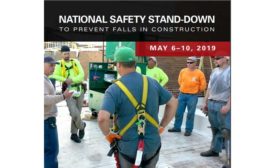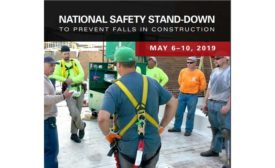Featured on Home Page
A new dashboard for EHS metrics
Use these five strategies to get the most from your key performance indicators.
May 6, 2019
Are you ready?
The National Safety Stand-Down to Prevention Falls in Construction is next week
May 3, 2019
NFPA 70E is one of the most important safety documents
Compliance benefits include improved safety culture and savings increases for employers.
May 1, 2019
Heat stress prevention tips
Acclimatization, break schedules, ventilation, clothing & monitoring stress can avoid illnesses and even fatilities.
May 1, 2019
Managing air quality in weld cells
In robotic welding environments, fume levels rise as production volume increases
April 30, 2019
This year’s top trends in knives consider ergonomics & reduce safety hazards
Cutting-edge designs
April 29, 2019
Become a Leader in Safety Culture
Build your knowledge with ISHN, covering key safety, health and industrial hygiene news, products, and trends.
JOIN TODAYCopyright ©2025. All Rights Reserved BNP Media.
Design, CMS, Hosting & Web Development :: ePublishing








